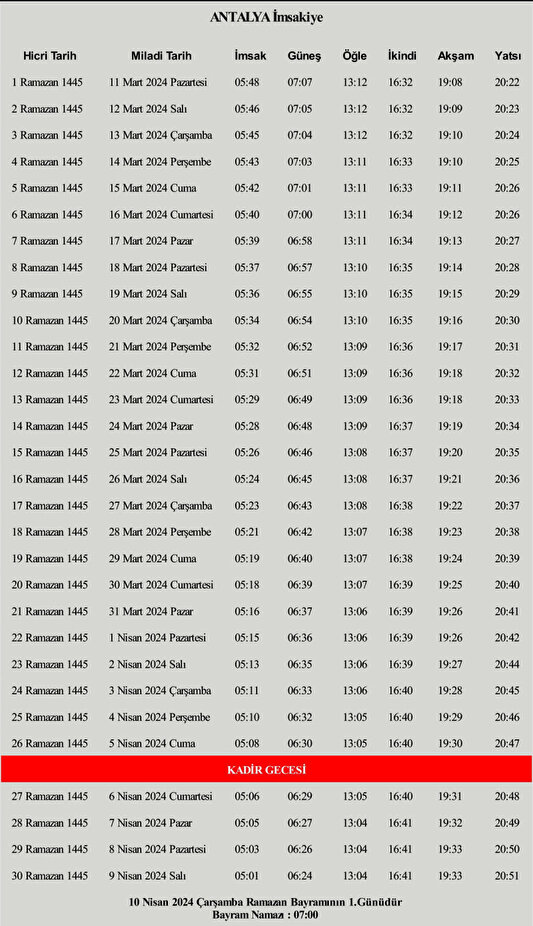Navigating The Chinese Market: The Struggles Of BMW, Porsche, And Competitors

Table of Contents
Intense Domestic Competition and the Rise of Local Brands
The Chinese automotive industry is experiencing explosive growth, fueled by innovative domestic brands. Companies like BYD, Nio, and Xpeng are rapidly gaining market share, posing a significant threat to established international players. These local brands are leveraging several key advantages:
-
Price Competitiveness: Chinese brands often offer vehicles with comparable features at significantly lower price points, appealing to a broad range of consumers. This price advantage stems from lower manufacturing costs and government support.
-
Advanced Features and Technological Integration: Chinese automakers are not only competitive on price but also increasingly boast advanced features, including cutting-edge technology and seamless connectivity. This often surpasses what's offered by some international competitors in the same price bracket.
-
Strong Government Support and Subsidies: The Chinese government actively promotes the growth of its domestic automotive industry through substantial subsidies, tax breaks, and favorable policies. This provides a significant competitive edge to local brands.
-
Effective Marketing Strategies Targeting Chinese Consumers: Chinese brands demonstrate a deep understanding of the domestic market, employing sophisticated marketing campaigns that resonate with local consumers' preferences and cultural nuances.
Understanding Chinese Consumer Preferences and Expectations
Chinese car buyers are sophisticated and discerning, with distinct preferences that differ from those in other major markets. Understanding these nuances is crucial for success.
-
Growing Preference for Electric Vehicles (EVs) and Hybrid Vehicles: The Chinese government's push for electric vehicles and stringent emission regulations are driving a rapid shift towards EVs and hybrids, creating both opportunities and challenges for international automakers.
-
Focus on Technology, Connectivity, and Digital Features: Chinese consumers prioritize technology, demanding advanced driver-assistance systems, in-car entertainment, and seamless smartphone integration. Vehicles are expected to be more than just transportation; they are integrated parts of a connected lifestyle.
-
Emphasis on Brand Image and Social Status: For many Chinese consumers, a car is a significant status symbol. Luxury brands hold particular appeal, but even non-luxury brands must cultivate a strong and positive brand image to compete effectively.
-
Importance of Strong After-Sales Service and Customer Support: Exceptional customer service and a reliable after-sales network are essential for building trust and loyalty in the Chinese market. International automakers must invest heavily in developing a robust support infrastructure.
Navigating Regulatory Hurdles and Government Policies
The Chinese automotive market is heavily regulated. Navigating these regulations is a significant challenge for international automakers.
-
Stringent Emission Standards and Environmental Regulations: China has implemented increasingly stringent emission standards, requiring significant investments in research and development to meet these requirements.
-
Complex Import and Licensing Procedures: The import and licensing processes can be complex and time-consuming, adding to the cost and effort of market entry.
-
Data Localization Requirements and Cybersecurity Concerns: China’s emphasis on data security and localization necessitates careful consideration of data storage and cybersecurity protocols.
-
Need for Strategic Partnerships with Local Companies: Collaborating with established Chinese companies can offer valuable insights, navigate regulatory hurdles, and expedite market entry.
Supply Chain Disruptions and Economic Fluctuations
The Chinese automotive market is not immune to global economic shocks and supply chain disruptions.
-
Impact of Semiconductor Shortages and Other Supply Chain Disruptions: Global supply chain issues, particularly semiconductor shortages, have significantly impacted production and delivery timelines.
-
Economic Slowdown and its Effects on Consumer Demand: Economic fluctuations can directly affect consumer spending, impacting demand for vehicles, particularly in the luxury segment.
-
Rising Raw Material Costs and Inflation: Increased raw material costs and inflationary pressures add to the overall cost of production, squeezing profit margins.
-
Dependence on a Stable and Efficient Supply Chain: A resilient and adaptable supply chain is crucial for mitigating the risks associated with global economic uncertainty and disruptions.
Successful Strategies for Navigating the Chinese Market (BMW, Porsche Examples)
BMW and Porsche, despite the challenges, have demonstrated successful strategies in the Chinese Automotive Market.
-
BMW's Localized Production and Model Adaptation: BMW has invested heavily in localized production, adapting its models to meet the specific preferences of Chinese consumers. This includes offering vehicles specifically designed for the Chinese market.
-
Porsche's Focus on Luxury and Brand Prestige: Porsche leverages its strong brand image and reputation for luxury to appeal to high-end consumers in China. Maintaining this image is crucial for sustained success.
-
Successful Examples of Partnerships with Chinese Companies: Strategic partnerships with local companies have provided invaluable knowledge of the market and aided in navigating regulatory complexities.
-
Effective Use of Digital Marketing and Social Media: BMW and Porsche have successfully integrated digital marketing and social media strategies into their Chinese market plans to connect with consumers effectively.
Conclusion: Mastering the Chinese Automotive Market – A Call to Action
The Chinese Automotive Market presents significant opportunities but also substantial challenges. Success requires a deep understanding of consumer preferences, meticulous navigation of regulatory hurdles, and the establishment of strong local partnerships. By learning from the successes and struggles of companies like BMW and Porsche, international automakers can develop robust strategies to thrive in this dynamic and competitive landscape. To gain a further competitive edge, we encourage deeper exploration into the intricacies of the Chinese Automotive Market. Further research into market entry strategies and navigating the complexities of Chinese regulations is crucial for success. Don't just observe the market; master it.

Featured Posts
-
 Infotel Une Valeur Ajoutee Reelle Pour Vos Projets
Apr 23, 2025
Infotel Une Valeur Ajoutee Reelle Pour Vos Projets
Apr 23, 2025 -
 Ramazan Imsakiyesi 2024 Tuerkiye Nin Bueyuek Sehirlerinde Iftar Ve Sahur Saatleri
Apr 23, 2025
Ramazan Imsakiyesi 2024 Tuerkiye Nin Bueyuek Sehirlerinde Iftar Ve Sahur Saatleri
Apr 23, 2025 -
 Athletics Suffer Historic Defeat At Hands Of Brewers
Apr 23, 2025
Athletics Suffer Historic Defeat At Hands Of Brewers
Apr 23, 2025 -
 Suriye De Ramazan Bayrami Ne Zaman Pazartesi Kutlamalari Basliyor
Apr 23, 2025
Suriye De Ramazan Bayrami Ne Zaman Pazartesi Kutlamalari Basliyor
Apr 23, 2025 -
 Vacances De Detente 2025 En Federation Wallonie Bruxelles Dates Des Conges Scolaires
Apr 23, 2025
Vacances De Detente 2025 En Federation Wallonie Bruxelles Dates Des Conges Scolaires
Apr 23, 2025
